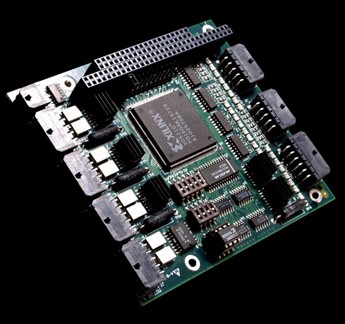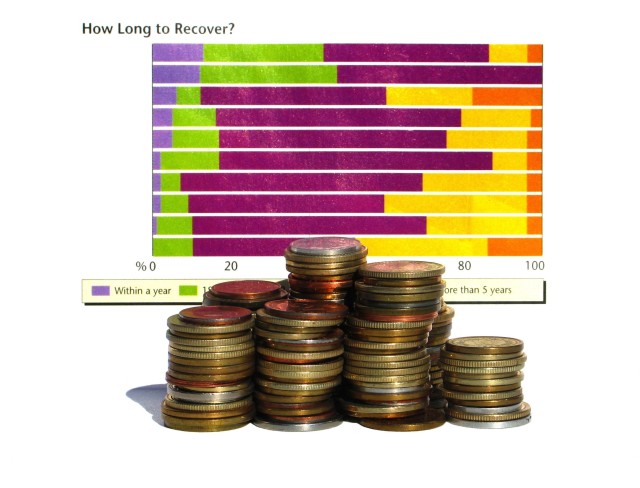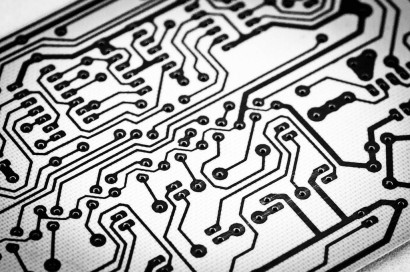 The Printed Circuit Board
The Printed Circuit Board
Your computer, TV, smart phone; they all need a PCB.
The highly detailed modules that mechanically support and connect electronic units using conductive tracks, pads and other features – imprinted from copper sheets and coated onto non-conductive substrates.
Here is some basic information on our expertise with them.
Designer and Layout
A PCB designer takes the schematic that an engineer has designed for a circuit and manufactures a physical representation of it – the layout.
Prototype
Most layouts are integral for the development of various electrical prototypes. Primarily, it details the limitations of a given PCB layout in regards to the product it serves. Also, it shows how the board fits physically into the product design; its functionality and performance.
PCB is still, very important. We, at RJS Electronics, are professional electronic engineers and can help develop your product or prototype with its PCB development and design.
Visit our website or call (614)-451-5646 for more information!




